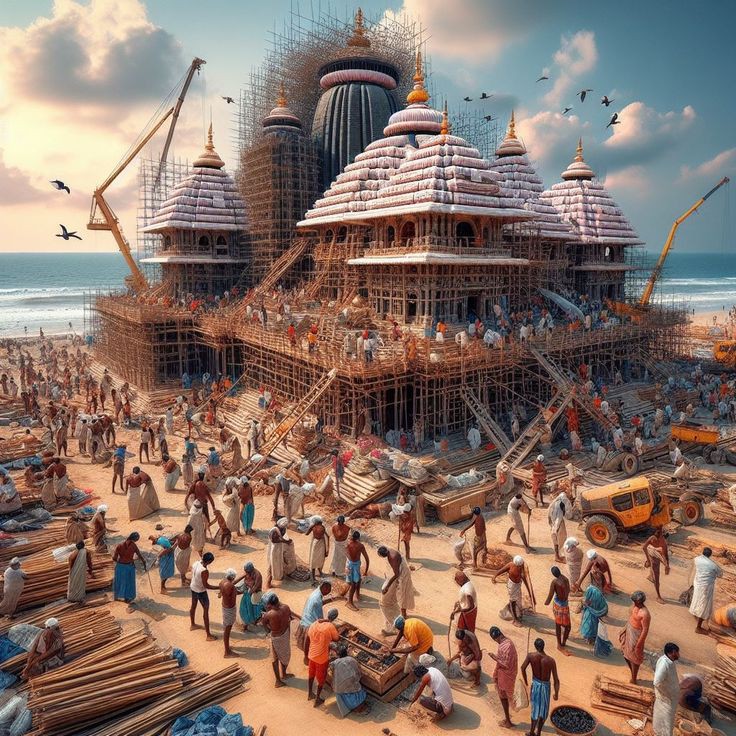Tech News of the Week: OpenAI’s GPT-4o, Google I/O, and More
Tech News of the Week: OpenAI’s GPT-4o, Google I/O, and More
The Grand Temple at Ayodhya: A Marvel of Heritage Architecture and Scientific Ingenuity
In the heart of Ayodhya, the grand temple dedicated to Ram Lalla stands as a testament to the rich tapestry of traditional Indian heritage architecture, seamlessly blended with cutting-edge scientific advancements for enduring construction. Guided by the vision of Shri Nripendra Misra, the chairperson of the temple construction committee, the temple boasts a design meant to endure over a millennium.

Top Indian scientists, including contributions from ISRO technologies, have played a pivotal role in shaping this iconic structure. Chandrakant Sompura, a seasoned architect from a lineage spanning 15 generations, designed the temple in adherence to Nagar Shaily, the northern Indian temple style. The family's legacy of crafting over 100 temples is a testament to their expertise.
Spread across 2.7 acres with a built-up area of 57,000 square feet, the three-floor structure eschews conventional materials. Misra proudly asserts the absence of iron or steel, opting for the durability of high-quality granite, sandstone, and marble. The temple's height, reaching 161 feet, stands as a monumental achievement, approximately 70% of the towering Qutab Minar.
The construction process, led by Dr. Pradeep Kumar Ramancharla of the Central Building Research Institute, Roorkee, addressed unique challenges. The sandy and unstable ground prompted innovative solutions, including engineered soil and a robust foundation of granite stone. The visible exterior, crafted from 'Bansi Paharpur' pink sandstone, showcases intricate carvings, while the sanctum sanctorum exudes elegance with white makrana marble.
The Central Building Research Institute's involvement since 2020 has been crucial, contributing to structural design, 'Surya Tilak' mechanism, foundation vetting, and structural health monitoring. Dr. Sharda Srinivasan, an archaeologist, highlights the temple's alignment with traditional dry masonry, employing grooves and pegs for interlocking blocks.

Ramancharla emphasizes the fusion of heritage architecture with 21st-century technology, employing sophisticated finite element analysis and adhering to modern building codes. Despite its roots in heritage, the temple's resilience against a 2500-year return period earthquake is a result of contemporary engineering.
As the Ram Mandir stands poised to become a symbol of endurance and cultural pride, the collaborative effort of architects, scientists, and engineers ensures its legacy for generations to come.
In the realm of contained writing, I am a quiet observer, an architect of words, and a weaver of emotions. With ink and paper, I build worlds, share secrets, and unlock the mysteries of the human heart.
Tech News of the Week: OpenAI’s GPT-4o, Google I/O, and More
The Delicate Integration of Princely States in Post-Independence India: The Unique Case of Kashi
Exploring the Disturbed History of Varanasi: A Tale of Resilience and Revival


